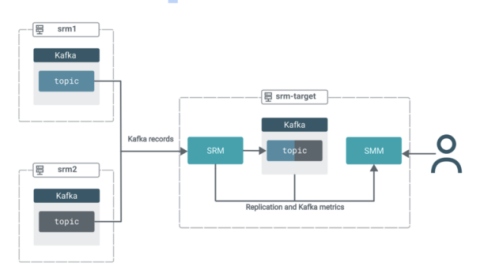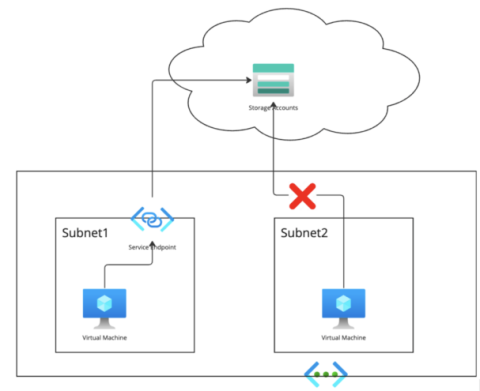Cloudera's RHEL-volution: Powering the Cloud with Red Hat
As enterprise AI technologies rapidly reshape our digital environment, the foundation of your cloud infrastructure is more critical than ever. That’s why Cloudera and Red Hat, renowned for their open-source solutions, have teamed up to bring Red Hat Enterprise Linux (RHEL) to Cloudera on public cloud as the operating system for all of our public cloud platform images. Let’s dive into what this means and why it’s a game-changer for our customers.











